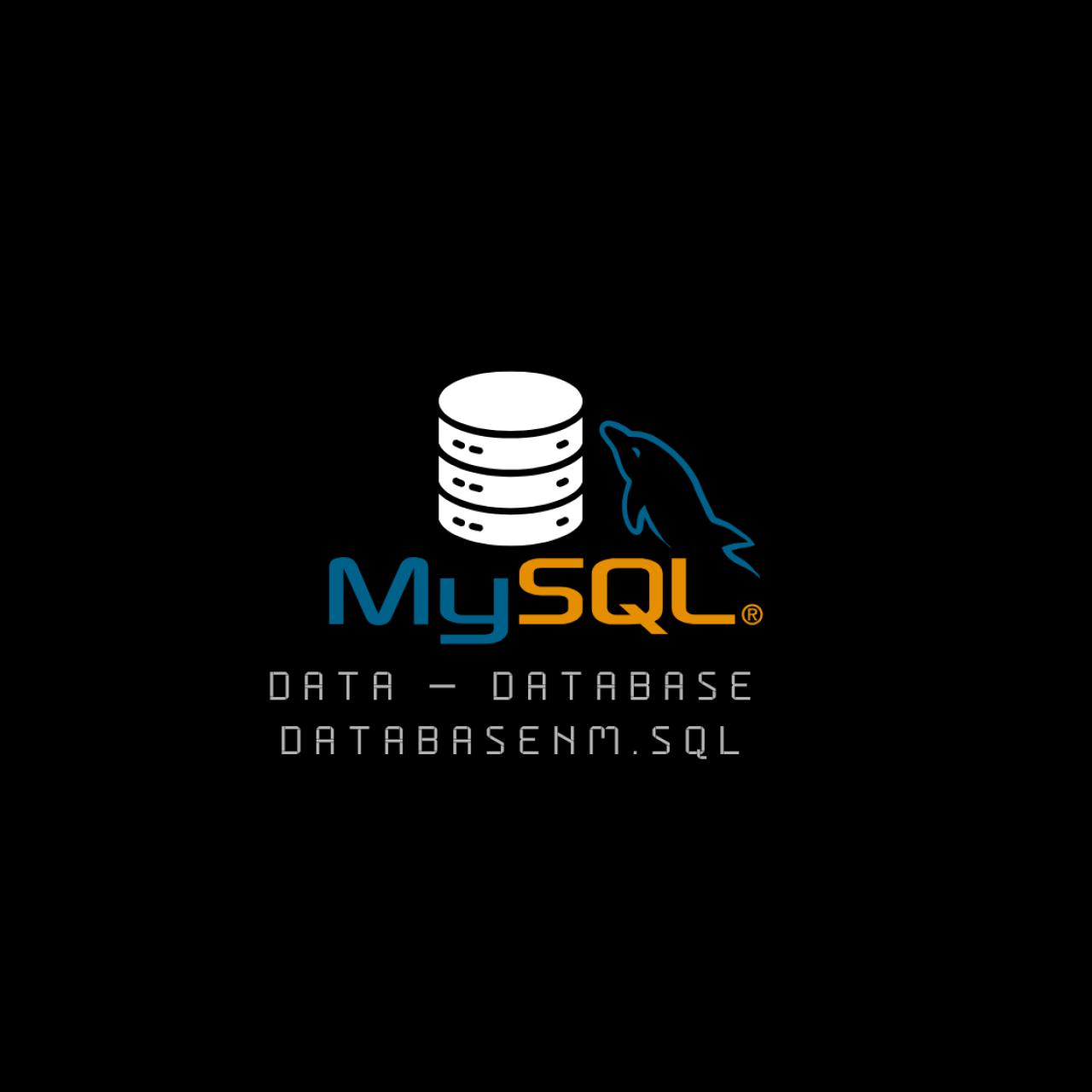MySQL Basics: What You Need to Know to Run Your First Query

# MySQL Basics: What You Need to Know to Run Your First Query
MySQL is one of the most popular open-source relational database management systems (RDBMS), widely used for storing and managing data in web applications. If you’re ready to run your first MySQL query, this guide will introduce the essential basics to get you started. 🚀
---
## Why Learn MySQL?
MySQL is known for its speed, reliability, and ease of use. It’s used in industries like e-commerce, social media, and content management systems (CMS). 🌐 Key benefits include:
- Efficiently manage large amounts of structured data.
- Integrate seamlessly with languages like PHP and Python.
- Use SQL (Structured Query Language) to interact with databases.
---
## Setting Up MySQL
Before you can start working with MySQL, you need to set up the environment:
1. **Install MySQL Server**
- Download and install the MySQL Community Server from the [official website](https://dev.mysql.com/downloads/).
- Alternatively, install a local server environment like [XAMPP](https://www.apachefriends.org/) or [WAMP](https://www.wampserver.com/), which includes MySQL.
2. **Choose a Database Management Tool**
- Use MySQL's command-line interface (CLI).
- Install a graphical interface like:
- [phpMyAdmin](https://www.phpmyadmin.net/)
- [MySQL Workbench](https://dev.mysql.com/downloads/workbench/)
3. **Verify Installation**
- Open the MySQL CLI or your chosen tool.
- Run the command `SHOW DATABASES;` to ensure MySQL is up and running.
---
## Writing Your First MySQL Query
Here’s how you can create and query a database:
### 1. **Start MySQL CLI or Open a GUI Tool**
- For the CLI, type `mysql -u root -p` and enter your password.
- For GUI tools, connect to your MySQL server.
### 2. **Create a Database**
```sql
CREATE DATABASE test_db;
```
### 3. **Use the Database**
```sql
USE test_db;
```
### 4. **Create a Table**
```sql
CREATE TABLE users (
id INT AUTO_INCREMENT PRIMARY KEY,
name VARCHAR(100),
email VARCHAR(100),
created_at TIMESTAMP DEFAULT CURRENT_TIMESTAMP
);
```
### 5. **Insert Data**
```sql
INSERT INTO users (name, email) VALUES
("Alice", "alice@example.com"),
("Bob", "bob@example.com");
```
### 6. **Query the Data**
```sql
SELECT * FROM users;
```
You should see the inserted records displayed as a result! 🎉
---
## Basic Concepts Every Beginner Should Know
### 1. **Databases and Tables**
A database is a collection of tables, and tables are collections of rows and columns. For example:
| id | name | email | created_at |
|----|-------|------------------|---------------------|
| 1 | Alice | alice@example.com | 2024-12-26 12:00:00 |
| 2 | Bob | bob@example.com | 2024-12-26 12:01:00 |
### 2. **SQL Statements**
#### Data Definition Language (DDL):
- Define database structure.
```sql
CREATE DATABASE my_db;
DROP DATABASE my_db;
```
#### Data Manipulation Language (DML):
- Modify data in the database.
```sql
INSERT INTO users (name, email) VALUES ("Charlie", "charlie@example.com");
UPDATE users SET name = "Alice Smith" WHERE id = 1;
DELETE FROM users WHERE id = 2;
```
#### Data Query Language (DQL):
- Retrieve data.
```sql
SELECT * FROM users;
SELECT name, email FROM users WHERE id = 1;
```
### 3. **Primary Keys**
A primary key uniquely identifies each row in a table:
```sql
CREATE TABLE example (
id INT AUTO_INCREMENT PRIMARY KEY,
description TEXT
);
```
### 4. **Joins**
Combine data from multiple tables:
```sql
SELECT orders.id, users.name, orders.total
FROM orders
JOIN users ON orders.user_id = users.id;
```
### 5. **Indexes**
Improve query performance:
```sql
CREATE INDEX idx_email ON users(email);
```
---
## Debugging Your Queries
### Common Errors and Solutions
- **Syntax Errors**: Ensure all commands end with a semicolon (`;`).
- **Connection Issues**: Verify MySQL server is running.
- **Missing Permissions**: Check user privileges with:
```sql
SHOW GRANTS FOR 'username'@'localhost';
```
### Debugging Tips
- Use `EXPLAIN` to analyze query performance:
```sql
EXPLAIN SELECT * FROM users;
```
- Log queries to understand execution:
```sql
SHOW VARIABLES LIKE 'general_log%';
```
---
## Learning Resources
Expand your MySQL knowledge with these resources:
- [Official MySQL Documentation](https://dev.mysql.com/doc/)
- [W3Schools MySQL Tutorial](https://www.w3schools.com/mysql/)
- [Learn MySQL in Codecademy](https://www.codecademy.com/learn/learn-sql)
---
By mastering these basics, you’ll be equipped to handle database operations with confidence. 🌟 Experiment with creating and managing databases to strengthen your skills and explore MySQL's full potential!














